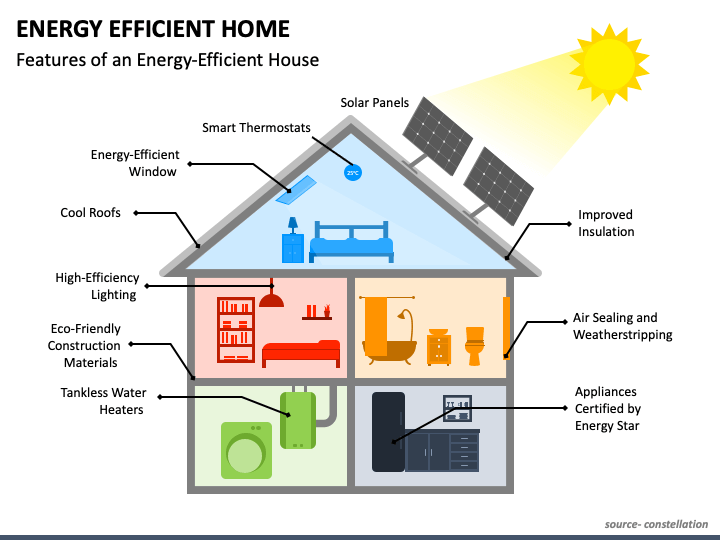20Shift: Your Daily Dose of Insight
Stay updated with the latest trends and news across various domains.
Ditch the Bills: Transform Your Castle into an Eco-Friendly Fortress
Transform your home into an eco-friendly fortress and say goodbye to bills! Discover simple tips for a sustainable lifestyle today!
10 Simple Steps to Make Your Home an Eco-Friendly Sanctuary
Creating an eco-friendly sanctuary at home can be achieved through 10 simple steps that not only benefit the environment but also enhance your living space. Start by decluttering your home; a clean and organized space sets the foundation for sustainability. Next, consider switching to energy-efficient appliances, which can significantly reduce your energy consumption. Implementing recycling practices, such as having designated bins for paper, plastic, and glass, is also crucial in minimizing waste. Additionally, you can incorporate indoor plants to improve air quality and bring a touch of nature inside.
To further enhance your eco-friendly efforts, opt for natural cleaning products instead of harsh chemicals that can harm both your health and the environment. You can also create a composting system to turn kitchen scraps into nutrient-rich compost for your garden. Another important step is to use sustainable materials in your home decor; think bamboo furniture or recycled textiles. Lastly, practice water conservation by fixing leaks, installing low-flow fixtures, and collecting rainwater. By following these steps, you can transform your home into an eco-friendly sanctuary that reflects your commitment to a greener lifestyle.

How to Reduce Your Carbon Footprint While Saving on Utility Bills
Reducing your carbon footprint is not only beneficial for the environment, but it can also lead to significant savings on your utility bills. One of the most effective strategies is to improve your home’s energy efficiency. Start by sealing any cracks around windows and doors to prevent heat loss, and consider investing in energy-efficient appliances. Utilize LED lighting, which uses up to 75% less energy than traditional bulbs, and make sure to unplug devices that are not in use, as these can contribute to phantom energy consumption. Additionally, you can reduce your water usage by installing low-flow fixtures and fixing leaks promptly.
Another great way to cut costs while helping the planet is to adopt sustainable practices throughout your lifestyle. For example, consider setting your thermostat a few degrees lower in winter and higher in summer. This simple adjustment can lead to substantial savings on heating and cooling bills. Additionally, practice wisdom in energy consumption by using natural light during the day and washing clothes in cold water. Creating a habit of turning off lights when leaving a room or using a clothesline to dry laundry instead of a dryer can further contribute to lower utility bills while minimizing your overall carbon footprint.
Is Your Home Really Eco-Friendly? 5 Key Areas to Evaluate
As more homeowners strive to reduce their environmental impact, it's essential to examine the true eco-friendliness of your home. Evaluating several key areas can help ensure that your living space aligns with sustainable practices. Is your home really eco-friendly? Consider assessing your energy consumption, waste management, water usage, indoor air quality, and the materials used in construction and decor. By focusing on these aspects, you can uncover opportunities to enhance your home's environmental performance.
1. Energy Efficiency: Analyze your home's energy usage by checking for energy-efficient appliances and proper insulation.
2. Waste Management: Implement recycling and composting practices to minimize landfill waste.
3. Water Conservation: Evaluate your plumbing to identify leaks and consider water-saving fixtures.
4. Indoor Air Quality: Use non-toxic cleaning products and ensure good ventilation to maintain a healthy living environment.
5. Materials: Choose sustainable and recycled materials for any renovations or decor updates. By thoroughly assessing these factors, you can determine how eco-friendly your home truly is.